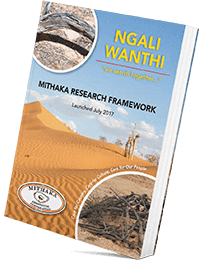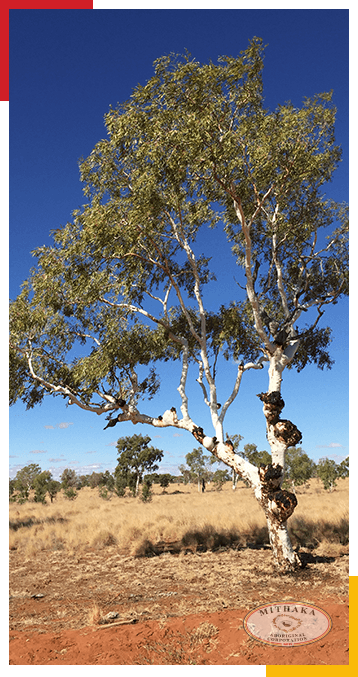
Purpose
Under Mithaka Aboriginal Corporation’s Strategic Plan (2017-2022) and mission - To strengthen our individual and collective Cultural identity and language, to successfully participate in local and wider society, grow sustainably into the future, and care for our Country and Culture - this research framework sets the strategic direction over the next fve years for all research involving Mithaka Country, Traditional Owners and their Traditional Knowledge, and establishes the principles of collegiality with partnering researchers and institutions.
It works to guide research using culturally inclusive protocols and principles that will form the base from which all research is planned, designed, negotiated, implemented and communicated, and seeks to establish ethically produced research that promotes and uses the benefts of cross-cultural partnerships and epistemologies.
This research framework will support Mithaka Traditional Owners and their research partners to:
- acknowledge, respect and promote the rights and interests of Mithaka Traditional Owners;
- establish trust between researchers and create a neutral platform for effective research;
- protect and sustainably use bio-cultural heritage through a legally binding process;
- implement best practice research using culturally sensitive guidelines and principles;
- promote innovative research that traverses and benefits western and traditional knowledge; and
- create opportunities to develop, promote and engage with Indigenous research.
Goal
“...Seeking the Truth to understand the past and present for our journey forward...”
We aim to participate in and develop research as a practice that collaborates with Mithaka Traditional Owners to manage Traditional Knowledge so that it benefts our Country, Culture and People.
Coordinated through the Mithaka Research Framework, we will protect and sustainably use bio-cultural heritage through processes that establish trust between researchers and create a neutral platform for effective research, and implement best practice using culturally sensitive guidelines, protocols and principles.
Key Objectives
- Produce research on Culture and Country that provides meaningful knowledge and educates Mithaka People and the broader community;
- Use research to support a continuity of Culture for Mithaka People - learning from the past and creating into the future;
- Develop research that is evidence-based and validated, creates baseline data for future research, and flls gaps in current research;
- Recognise Mithaka identity in research processes and outcomes; and
- Create opportunities to develop, promote and engage with Aboriginal research, and promote innovative research that traverses and benefits western and traditional knowledge.
Research Priorities
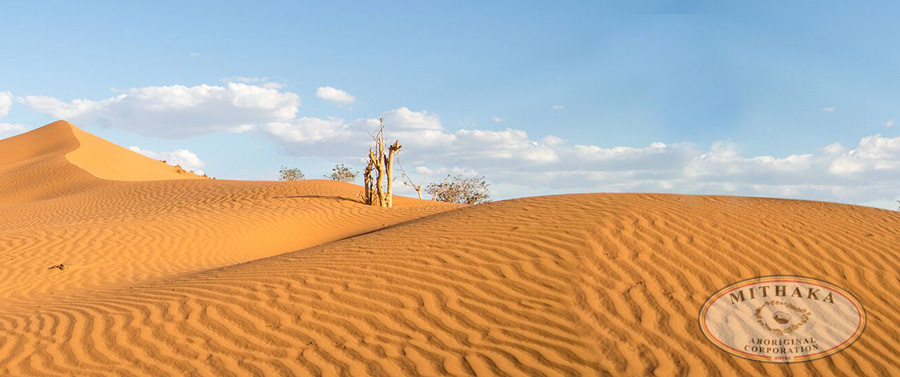
Understanding Culture and Society
- Mithaka Lore and Society
- Trade and other exchanges
- How Mithaka People grew into the Country Totems, Kinship,
- Skins and growth influences – young to old
- Mithaka’s understanding European settlement and its influence

Healthy People and Resilient Culture
- Language and stories
- Mithaka Peoples’ rights and interests in leading research
- Sports and recreation
- Healthy and sustained living
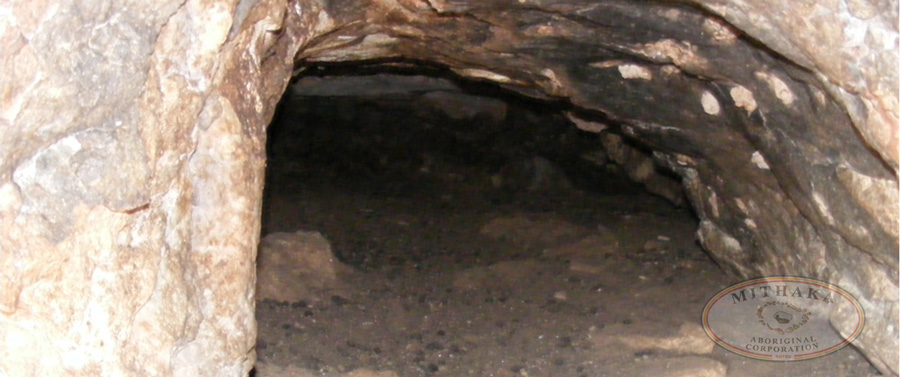
Bio-Cultural Heritage
- Rock formations
- Land formations
- Understanding the sky stories
- Country and Culture
- Art, artifacts and spirituality
Working Together
As depicted through Mithaka’s research goal and objectives, we view research as a practice that collaborates with Mithaka Traditional Owners to manage Traditional Knowledge so that it benefts our Country, Culture and our People. Our Culture and knowledge is inherently connected to the landscapes and skyscapes around us, and for generations our People have studied and recorded Traditional Knowledge through our own research systems. For Mithaka, we consider both traditional and western knowledge systems critical and complementary in any research.
We understand that other researchers will work across a spectrum of relevance, Cultural understanding and engagement with Mithaka Traditional Owners. However, this should not get in the way of working together to create mutually benefcial outcomes and respect the rights, interests and needs of all involved.
- making sure all parties have the space and time to collaborate throughout all stages of research;
- mutual respect, reciprocity and trust throughout all stages of partnerships; building sustainable linkages, partnerships and joint ventures with researchers and institutions;
- two-way knowledge sharing and capacity building to enhance research and its positive impacts on Mithaka Country, Culture and People;
- understanding and respecting Culture for successful research, including a commitment to local cultural awareness training;
- innovative research that supports local, Aboriginal-led work and other researchers who are embedded in our community; and
- meaningful research that understands and talks to Mithaka People.
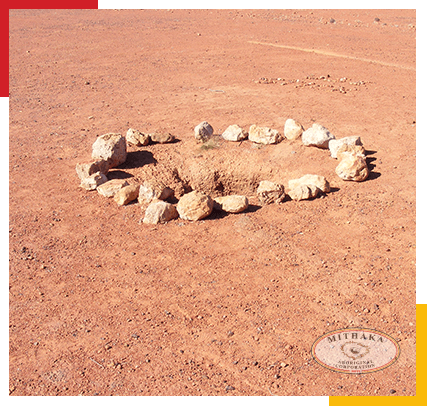
Protocols for Reseach
Intellectual Property
Mithaka Research Process
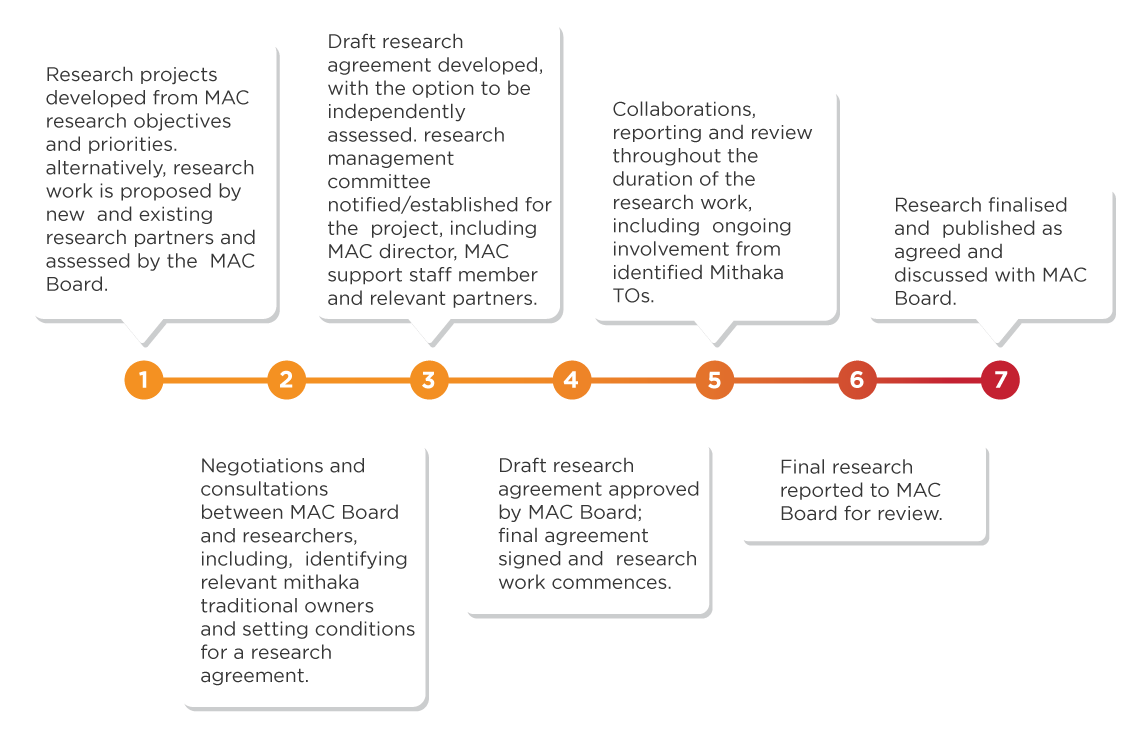
Implementing Research the Mithaka Way
Over the next fve years, resourcing research will be dependent on a variety of internal and external factors. A flexible process will assess resources against the timeframes of research and Mithaka rights and interests. Sustainable partnerships with researchers, research institutions, governments and private sector will also support building capacities in accessing alternative resources that can beneft Mithaka People.
Mithaka see research as a continuous process that uses knowledge created to feed into new research work, and influenced by learning from the continuous growth of their Native Title Group and the societies within which they live. By reviewing research outcomes, both during and after projects, Mithaka are able to assess information produced and apply it to future research opportunities. This cyclical process will also provide important contributions to the next strategic phase of research.
To ensure that Traditional Owner’s rights are continuously addressed, this framework exists as a living document that can be developed as Mithaka research work expands and through culturally sensitive governance systems put in place by MAC.

